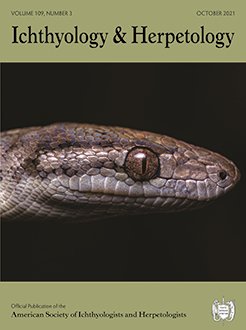Species delimitation is a first step for realizing the extent of biodiversity and is relevant for all downstream applications in biology. The production of large genome-scale datasets for non-model organisms combined with the development of methodological tools have allowed researchers to examine fine-scale processes of speciation such as timing of origin, degree of migration, population-size changes, selection, drift, and recombination. Studies using reptiles and amphibians have, in part, paved the way for the development and use of such methods for exploring speciation and delimitation. While these methodologies have improved our understanding of processes of diversification, researchers are far from agreeing upon a set of criteria to delimit species. In cases where genetic lineages are discovered that are unique to geographic areas, researchers usually agree that two entities exist. Disagreement about taxonomic status often centers on the degree of reproductive isolation between taxa and probability of remaining distinct. However, reproductive isolation is frequently inferred without examining gene flow, understanding the nature of hybrid zones, or determining the amount and type of introgression. Here, we review some of the vexing problems for delimiting reptiles and amphibians, which include isolation by distance, gene flow and differential allelic introgression, hybrid zone dynamics, and the nature of genomic islands of divergence. We also respond to recent literature criticizing model-based species delimitation in North American snakes in the context of these methodological advancements and address how scientists can move forward with studies on speciation.
How to translate text using browser tools
29 September 2021
Contemporary Philosophy and Methods for Studying Speciation and Delimiting Species
Frank T. Burbrink,
Sara Ruane





